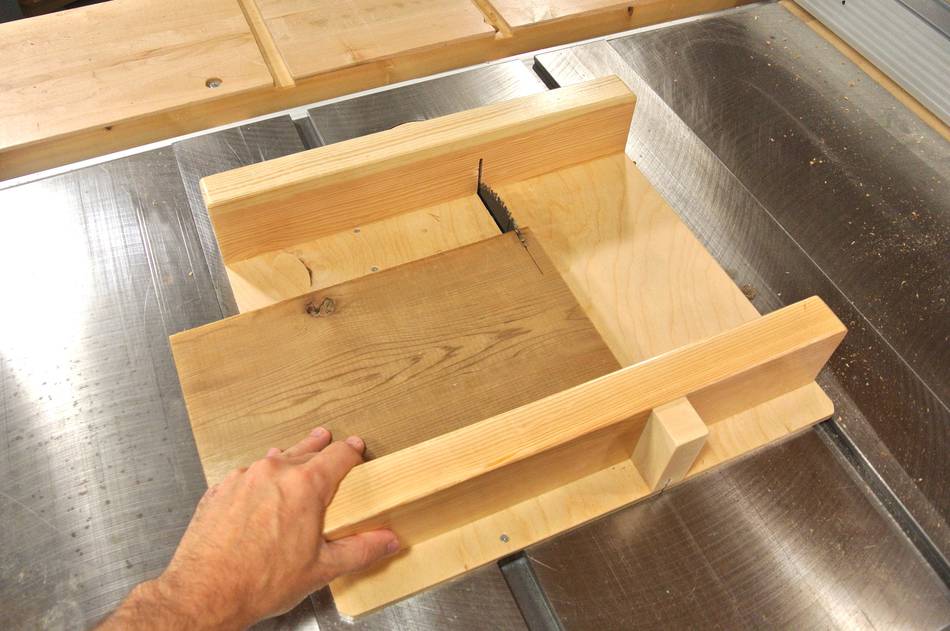

The entire action takes only 0.02 seconds and the operator will only end up with a scratch or a shallow cut, instead of losing a finger.
#SAW THAT DOESNT CUT FINGERS SKIN#
How does it do that? Well, wood won’t trigger the sensor because it’s a very poor conductor, but since human skin has much better conductivity than wood, it triggers the sensor which activates the aluminum brake which, in turn, stops the blade immediately and causes it to drop below the table. In order to prevent that from happening, SawStop came up with a unique safety system which stops the blade as soon as it comes into contact with human skin. Additionally, it doesn’t get in the way of other table saw features such as the blade guard, dust collectors, and so on.Īccording to the data I was able to gather, one table saw accident occurs every 9 minutes, and they are responsible for as many as 10 amputations every day. It’s also safer because the operator can’t come into contact with the back of the blade, and the riving knife is mounted closer to the blade, so the wood has much less space to get caught by the back of the blade.

So if you have a table saw which uses a splitter to prevent kickback, always remember to double-check that the splitter is in place.Ī riving knife, on the other hand, is attached to the same mechanism as the blade of the saw, which means it’s able to move along with the blade. Unfortunately, many people tend to forget to put the splitter back in place when they start making rip cuts. Because it’s fixed, a splitter needs to be removed when making cross, non-through, and dado cuts. The disadvantage of having a splitter instead of a riving knife is that the splitter is fixed, which means it doesn’t move along with the blade.

While both do roughly the same thing, there are some key differences between the two. Let’s check them out.Īn even better option would be to consider a table saw with a riving knife instead of a splitter. Instead, I am going to discuss some of the safety options you want your table saw to have. I am going to assume you are using safety equipment, so I’m not going to get into that.
#SAW THAT DOESNT CUT FINGERS HOW TO#
Mind you, there was never a safety course on how to close doors and we barely got through winter, since all the doors remained open, as we had no knowledge of how to close them properly.Īll kidding aside, yes, many safety measures are ridiculous and will insult your intelligence, but when you’re operating a table saw which sports a 10 or 12-inch laser-sharp blade spinning at 3 or 4 thousand RPM, and your fingers are only inches from it, you can use all the safety you can get, and then ask for seconds. A man came around carrying his little clipboard, told us to stop laughing and take the course very seriously, showed us how to open doors, and left. Believe it or not, I had a job where all employees were required to take a health and safety course on how to properly open doors. Now, I am usually the first person to roll their eyes at various health and safety measures, which sometimes border on ridiculous. While it doesn’t provide you with much in terms of technical knowledge, it will teach you about the most important aspect to using a table saw: safety. Of all the articles here, I would argue that this is the most important.


 0 kommentar(er)
0 kommentar(er)
